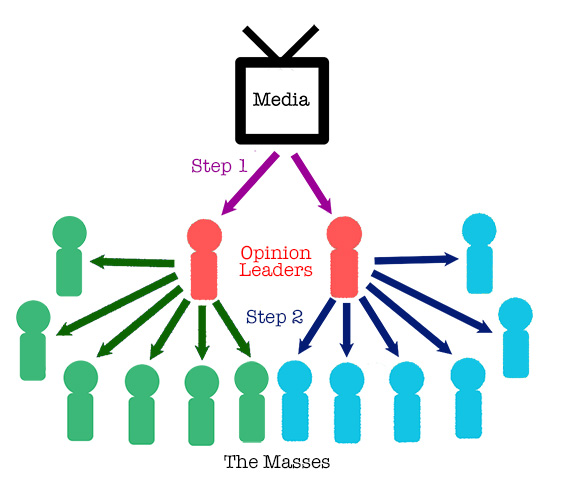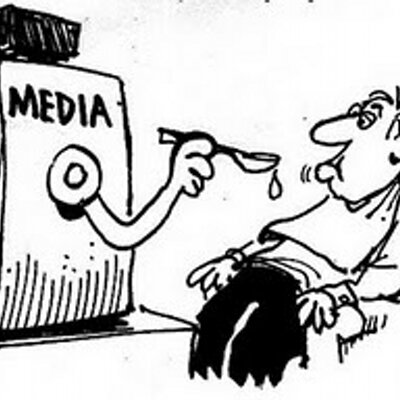In this essay, I will be applying a semiotic analysis to both the Metroid and Tomb Raider video game covers. This will include analyzing the semiotics (the study of signs, symbols, and signification) including symbolism and representation featured on the covers.
I will argue that the representation of the female character on the cover of the Tomb Raider videogame is reactionary, in that it follows common sexualization and diminishment of females in the media industry. Firstly Lara Croft’s posture and her exaggerated body features is a classic example of the effect of Lara Mulvey’s theory The Male Gaze, in which she theorizes the male gaze is “the act of depicting women and the world, in the visual arts and in literature, from a masculine, heterosexual perspective that presents and represents women as sexual objects for the pleasure of the heterosexual male viewer.” This is a direct contrast to the main character on the Metroid games cover. This character
Moreover, Tomb Raider’s games arguably portray women in a positive sense in many other ways. The key signifier, Lara croft, is holding multiple guns in the very center of the cover because the game only has a 12-year-old rating (stereotypical young male video game players, a particularly susceptible group, are fully exposed to the use of guns and in a way, this will desensitize them as well as alter their expectations of everyday life, creating this alternative perception of the real world as well as how women act and are perceived.
The character on the cover of Metroid is completely radical, in that it is an unfamiliar representation of a female character as for once they are not overexposed to appeal to certain demographic so that a major corporation can capitalize on the modern portrayal of females in the gaming industry by using their body to attract attention and gain sales; for once the female character is full clothes and is in fact wearing a futuristic, warrior-esque metal combat suit and is confidently brandishing a large weapon. This portrayal of a female videogame protagonist simply just presents the character as a warrior.
In conclusion, both the ‘Tomb Raider’ and ‘Metroid’ covers feature signifiers tied to masculinity and power which are opposed by the use of two female characters. Both characters are represented in an equal way as a result of the main character being female, this is presumed as both can be said that they suggest some sort of radical representation due to their bravery and independence as well as their female body’s being sexualized to please and entertain the assumed straight male demographic that these mega-corporations try to appeal to in an attempt to make maximum sales and profit. However, the Metroid cover could be argued to be in fact, less radical as a result of the assumption that the main character is a male on the front cover because of their stature, build, weapon, and large appearance.











